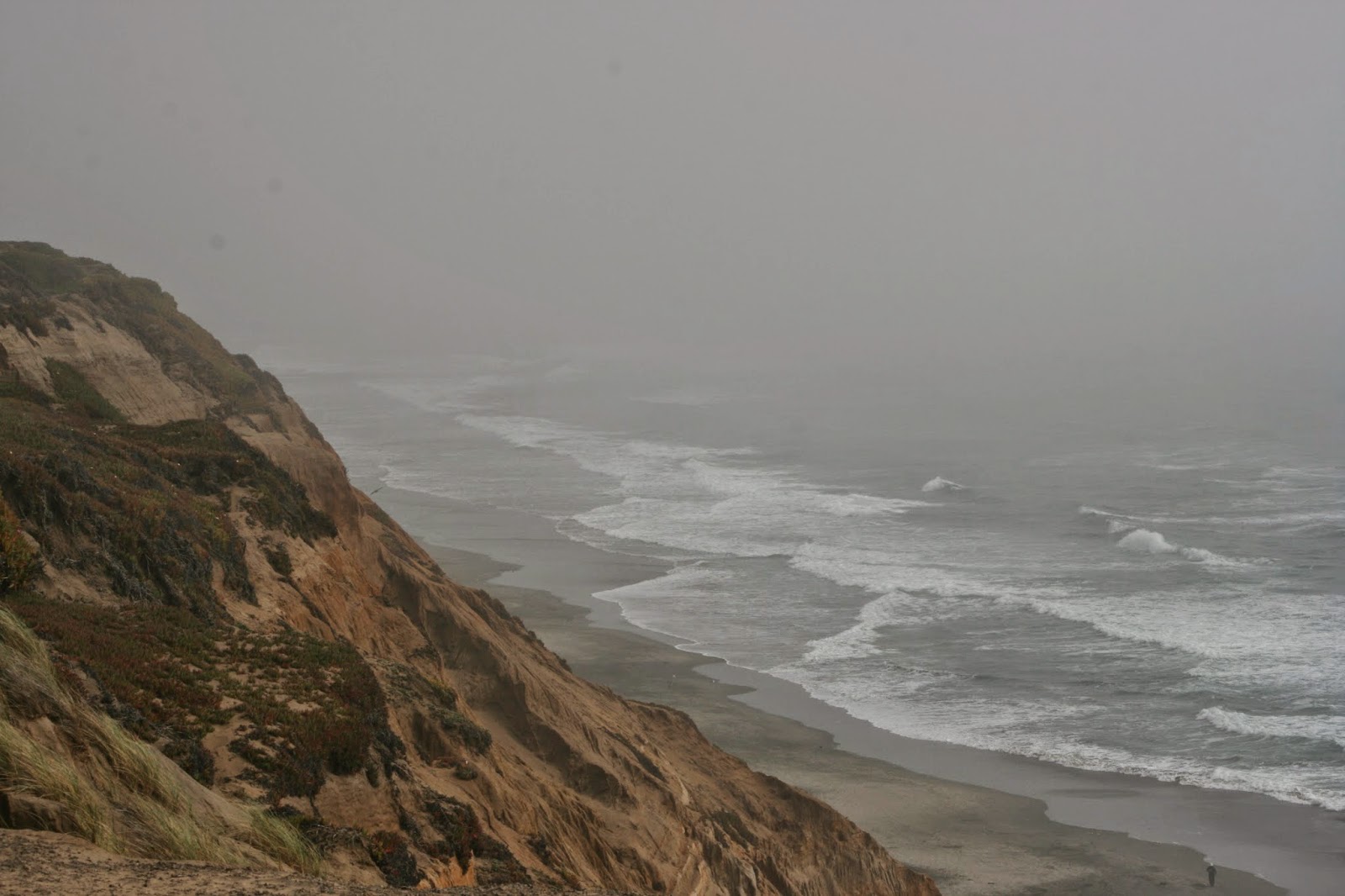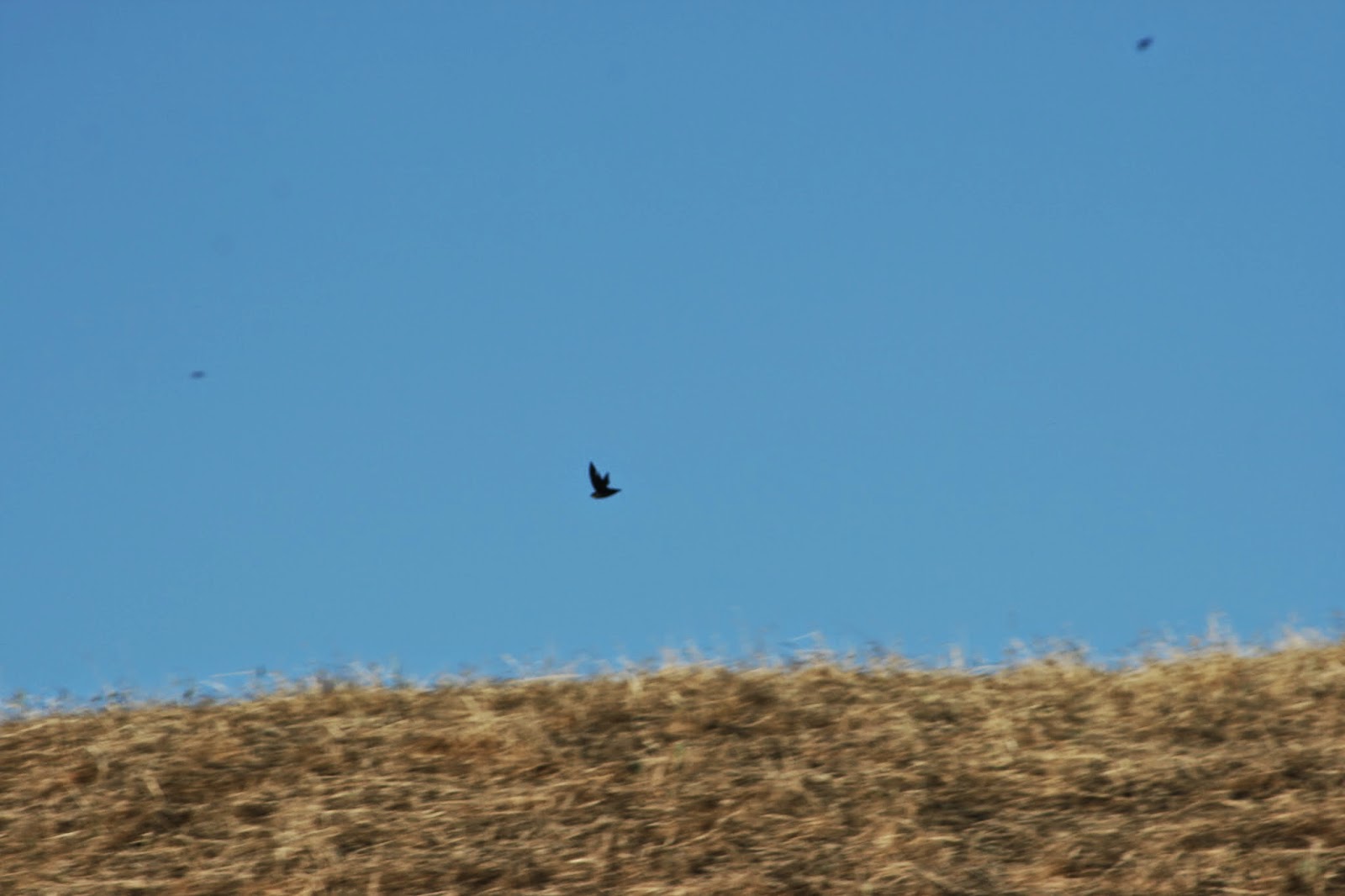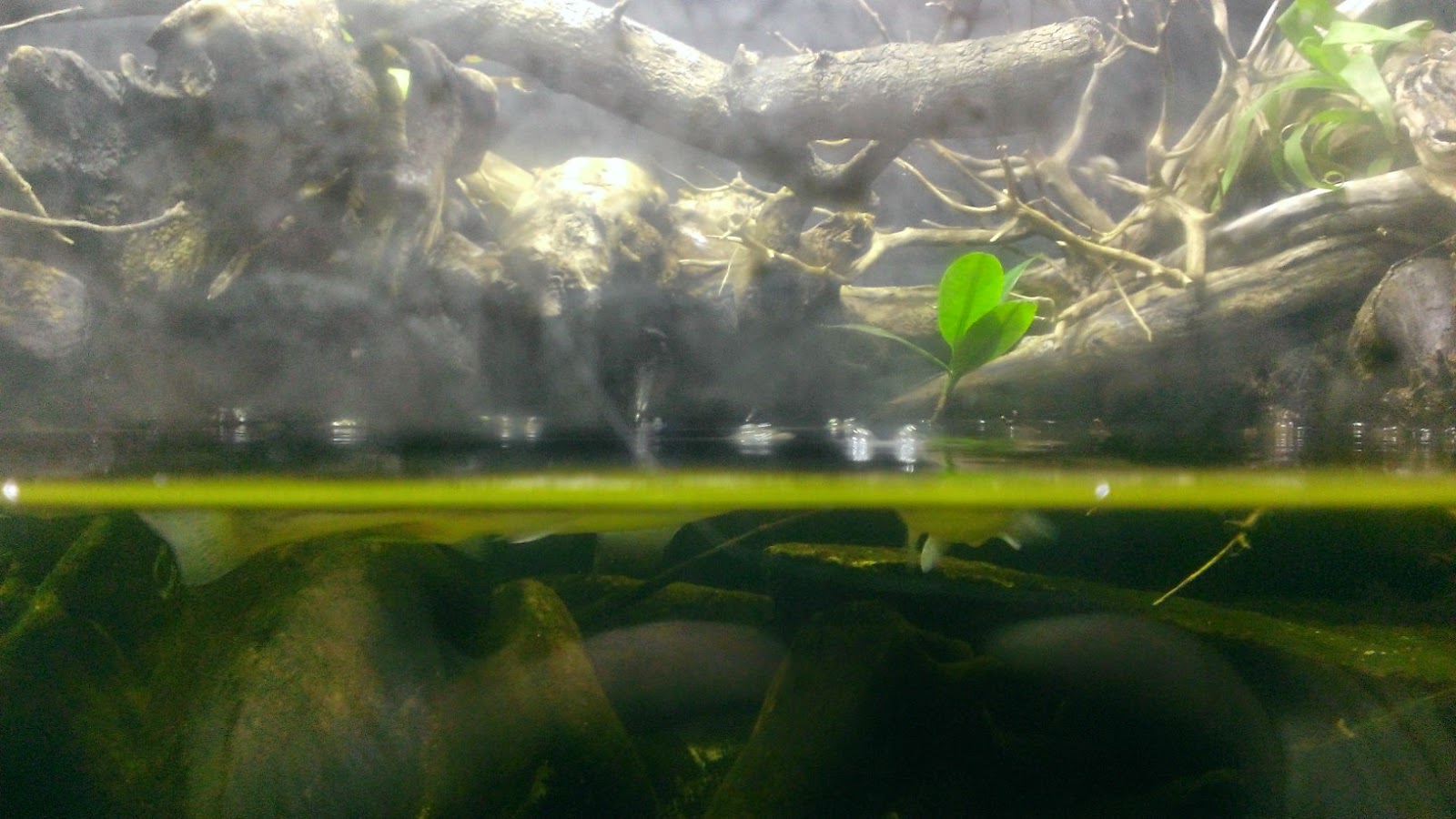This bird is my first alcid (auks, puffins, etc.) on my life list. All alcids live on the ocean and this species is the one that usually ventures closest to shore.
Last year Santa Clara County had its first ever record of a pigeon guillemot - a juvenile bird lost at the Alviso salt ponds. I tried a few times but did not get to see it. Interesting how just the peninsula of the SF Bay can be such an effective barrier between where the guillemot and other species of seabirds are fairly common and where they are almost nonexistent.
Nesting Western gull
Clear, unobstructed view of the Golden Gate Bridge
Juvenile white-crowned sparrow
Recently-fledged starling. More invasives have come to continue the takeover of the City.
What a magnificent bird. Aeks I mean Aix sponsa.
Gotta preen those feathers
As their name suggests, these ducks nest in trees. The documentary Planet Earth has a stunning and too-adorable-for-life sequence where the ducklings of the mandarin duck (same genus and same habits) jump out of the nest to the ground below as they start life.
Here is a link to the clip: https://www.youtube.com/watch?v=RVqS1UMr-eI
If only every bird could be as cooperative as this mallard. Oh wait didn't I say this in the previous post?
Coast buckwheat
Beach strawberry patch
Oh the ocean. Despite the howling winds, this was a moment of serenity and mystique. Oh the possibilities of what lies beyond that metaphorical veil of fog. Or that literal veil of fog. Well I do know what lies behind the literal veil: thousands of pelagic birds.
Tree lupines in full bloom
Seaside daisies growing by the side of the sea.
Oh the treasures of being alive - to experience nature at its best
Fog being illuminated by the rising sun.
Forster's tern
Great blue heron
Snowy plover
Baby American avocet at A3W. What an adorable fluffball.
Marsh wren nest made by one talented weaver
The marsh beside Yahoo had a late / oversummering (more likely the latter) female bufflehead.
Hope she has friends around as it will be a few more months before the buffleheads return in large numbers for regular overwintering.
Large number of swallows at the WPCP
Vaux's swift
A family of Canada geese, with the young ones looking practically identical to the adults except for a slight size difference. Oh how quickly they grow up.
The most epic-looking cormorant ever.
Male Bullock's oriole
One of the fledglings struggling in the nets. Only a short summer left for it to master flight in preparation for the migration. Good luck little ones.
Morning at the salt ponds
Err it's much better to see the enlarged version of this picture (click on it)
Tricolored male above and red-winged below.
Reflections of blackbirds (and brine flies on the surface)
A mat of brine flies
A beautiful Caspian tern prowling the ponds
Don't know how this gull died. No signs of a struggle that would indicate predation. Did it really just get stuck in the algal mat? What a scary thought.
Tons of cliff swallows
Fascinating macro-algae that I believe to be Codium fragile, a somewhat invasive species.
SO MANY BIRDS
Hmm what could this strange, moving object be?
It was a bat ray!
I wonder what this beautiful fish was doing in such shallow water. Hopefully this isn't near-death behavior as last year in around the same area of Salt Pond A10 I saw a dead ray floating around.
The partially leucistic eared grebe (right-most bird) was still present in Salt Pond A12. The bird entered breeding plumage along with its friends.
With that, my loop around the salt ponds was over and I began to head home. The way back was not quite as interesting as the way there and the windy conditions were somewhat annoying. However, the trip as a whole was very satisfying, with perhaps the most individual birds (not species) seen by me in a day.
Anise swallowtail by A3W
Expert fisherman at Shoreline Lake
Yep I am pretty behind on my posts, especially as I have another huge section to cover with my recent lovely trip to Indiana. To those who read this blog, thanks a ton and until next time, enjoy life and love nature!
.jpg)
.jpg)


.JPG)

.JPG)
.JPG)
.JPG)
.JPG)

.JPG)



.JPG)
.JPG)
.JPG)
.JPG)

.JPG)
.JPG)
.JPG)
.JPG)
.JPG)
.JPG)
.JPG)


.JPG)
.JPG)
.JPG)


.JPG)
.JPG)
.JPG)
.JPG)
.JPG)



.JPG)
.JPG)

.JPG)
.JPG)
.JPG)
.JPG)
.JPG)
.JPG)
.JPG)
.JPG)

.JPG)
.JPG)
.JPG)


.JPG)

.JPG)
.JPG)


.JPG)

.JPG)
.JPG)
.JPG)
.JPG)
.JPG)
.JPG)
.JPG)
.JPG)
.JPG)
.JPG)

.JPG)
.JPG)
.JPG)
.JPG)
.JPG)
.JPG)











.JPG)
.JPG)
.JPG)
.JPG)
.JPG)



